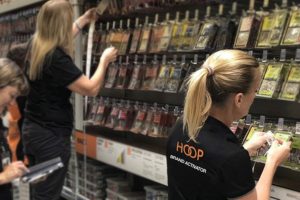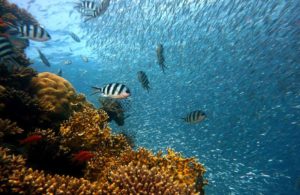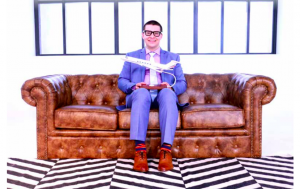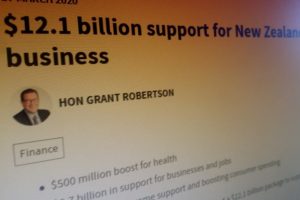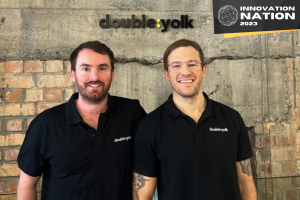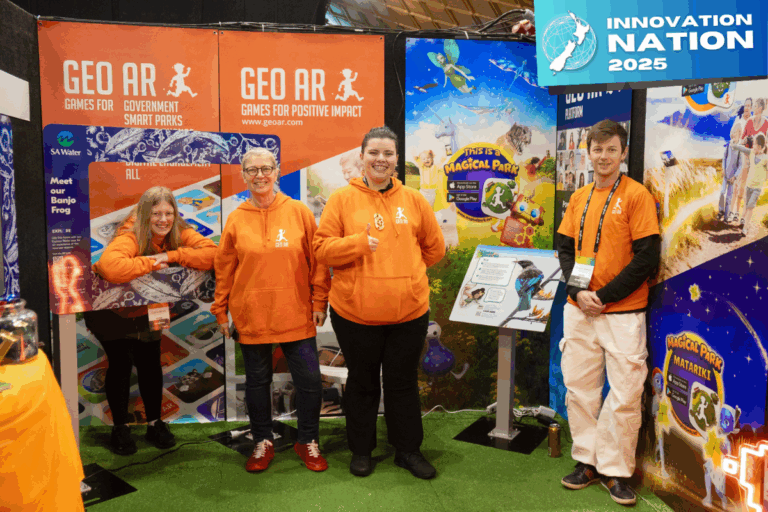Remote sensing technology to revolutionise fertiliser application on NZ farms
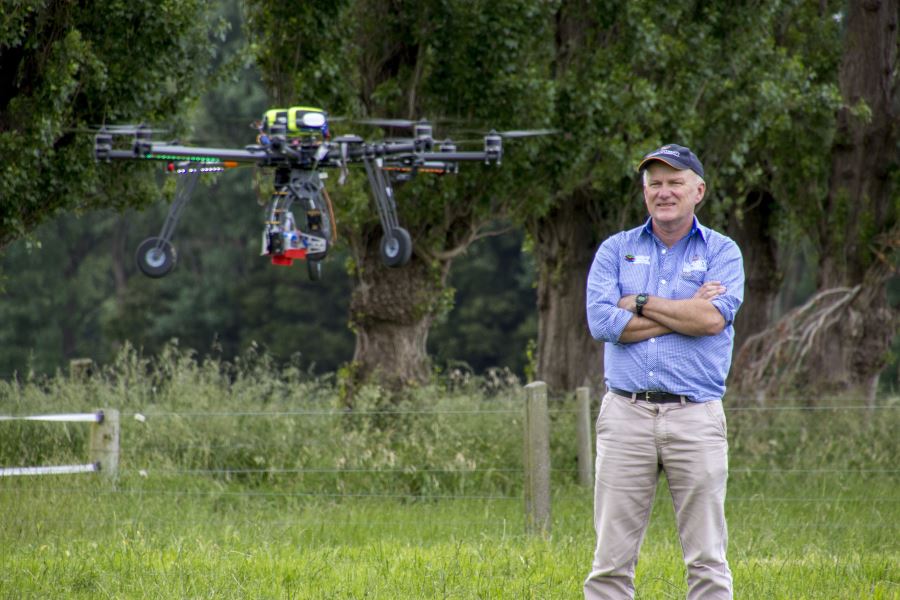
Palmerston North company, Hyperceptions, is gearing up to take its remote sensing technology to the market, in a bid to transform the way fertiliser is applied on NZ hill country farms.
Covering 1000 ha per hour, the hyperspectral aerial technology identifies chemical makeup and health of vegetation, and nutrient fertility status of soil, thus providing the opportunity to improve farming profitability and environmental sustainability.
Hyperceptions CEO, Craig Nash says that previously, blanket aerial fertiliser spreading techniques have largely been used, assuming the nutrient status of the land is relatively the same. This has resulted in over fertilising in some areas and under fertilising in others, meaning lower levels of production and potential environmental impacts.
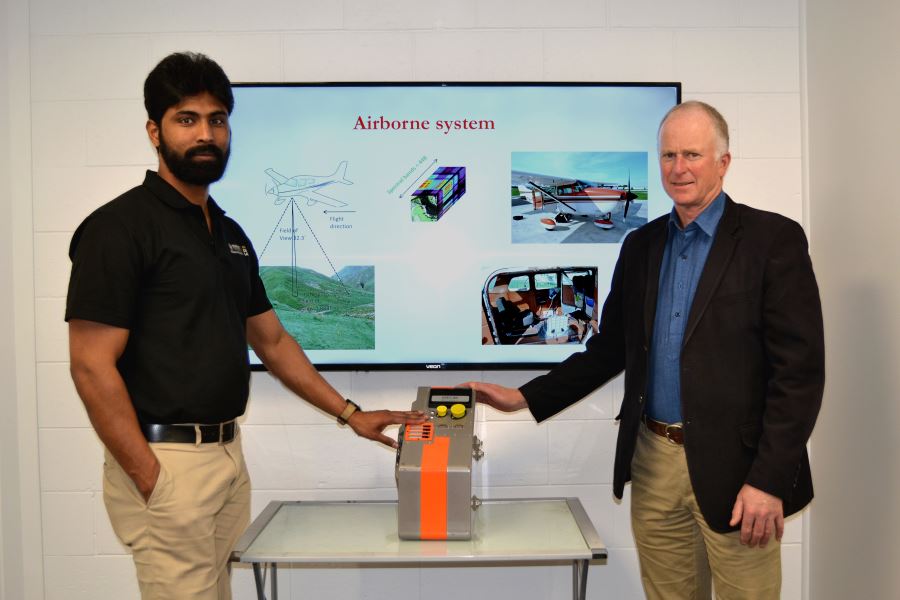
“With this technology, we’ll have the necessary information to be more precise about where we put fertiliser,” he says.
“In the past, the only way to accurately obtain this information is through manual soil testing. But over a wide area, this is expensive and time-consuming. This technology offers significant advantages in terms of time, cost and precision.
“It also brings with it environmental benefits such as minimising the loss of surplus nutrients into waterways.”
Founded by Massey Agritech specialists, Ian Yule and Reddy Pullanagari, who carried out the initial research and progressed to a joint venture between Massey Ventures Ltd and Ravensdown, Hyperceptions is a result of a significant amount of research and development that’s been underway since 2013.
“We partnered with the government (MPI) under a PGP [Primary Growth Partnership] programme to prove our technology would be useful to New Zealand and in particular, to precision agriculture applications on hill country,” says Nash.
Since then, much has been done to advance the technology, which involves GPS guided aircraft surveying to accurate standards on farms, with commercialisation planned for 2021.
“We are now talking to potential users, running pilots and trial work in order to complete the validation of the application of this technology,” he says.
“There are also many new potential opportunities for uses and users outside of the core survey time zones of spring and autumn.”
Plus, according to Craig, its use isn’t limited to agriculture.
“Species identification for example – there’s a large need for that for biosecurity and conducting large scale but highly specific vegetation surveys. It can be useful for developing sustainable urban environments by tracking green spaces vs housing development and the vegetative environment in those spaces,” he says.
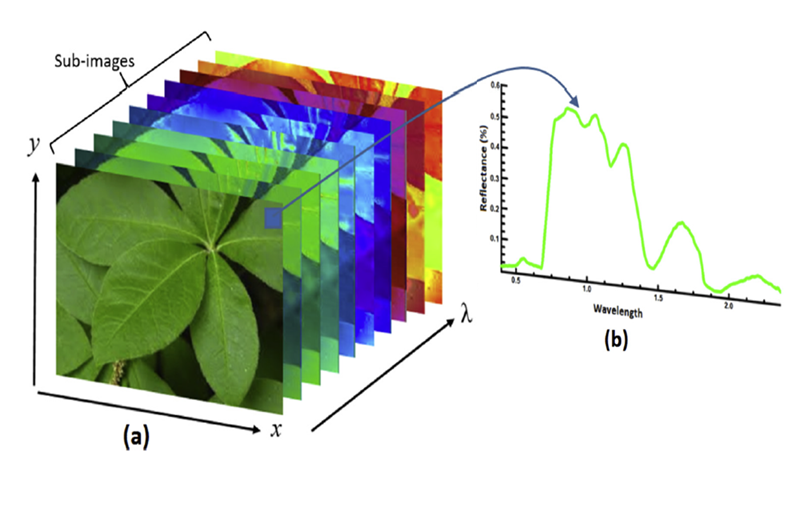
“At this stage, we’re focussed on soil fertility status on hill country, but our capability will continue to grow. Once we’ve nailed this, there are all sorts of applications and opportunities outside of farming, in New Zealand and globally.
“For instance, it could be used to detect mineral deposits underground by picking up traces of gold or carbon through surface vegetation for example, which is valuable information for mining companies. There are also potential geo-thermal and heritage site applications. This technology is also useful to detect, monitor and manage environmental contamination sites.
“We believe there are many new uses and users for this technology that the market doesn’t know yet, simply because they don’t know the technology exists.
“Once the technology is out there, we expect people will come to us and say, ‘Hey, have you thought of this?’ So we’re excited about how this technology can be used in so many different ways, and the value it can bring to NZ.”
For more information,visit masseyventures.co.nz/for-researchers.


